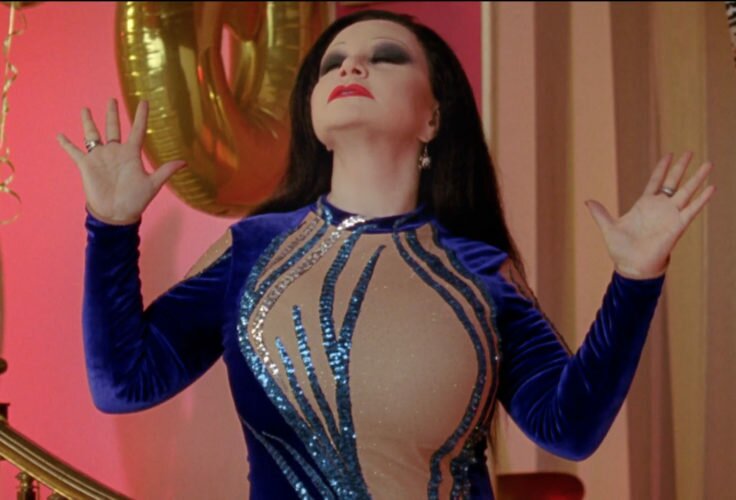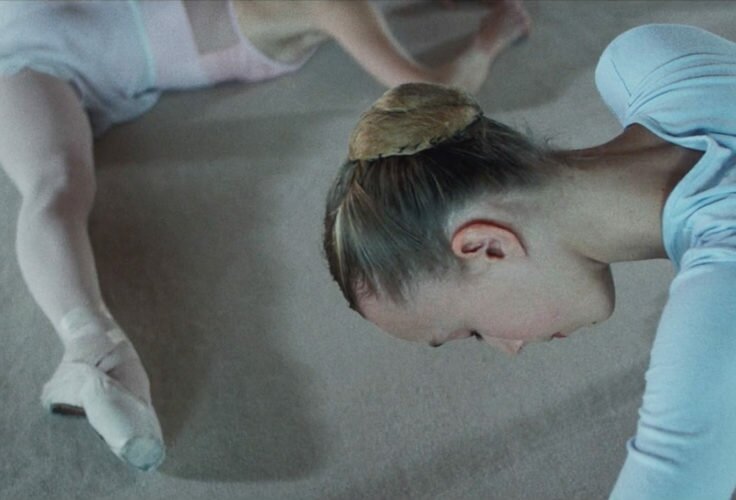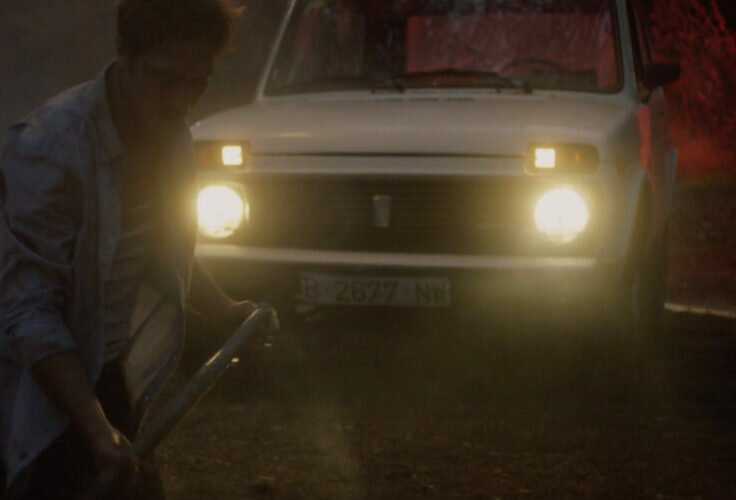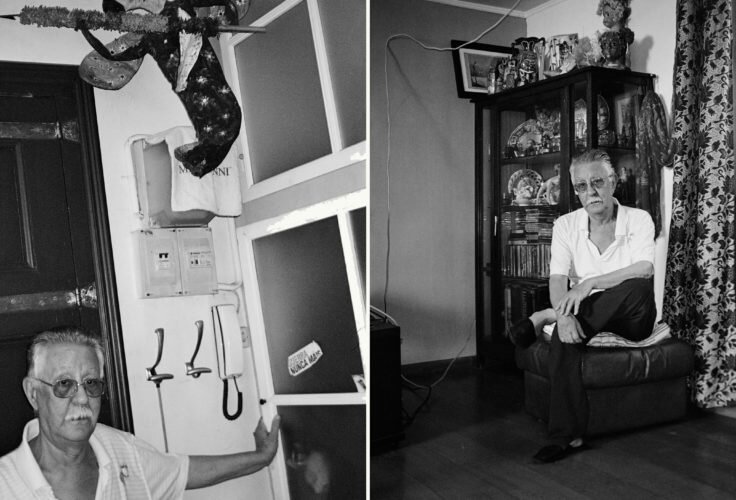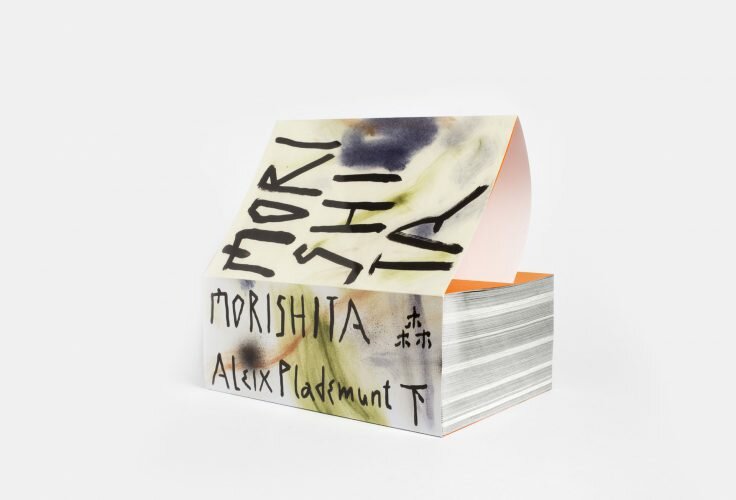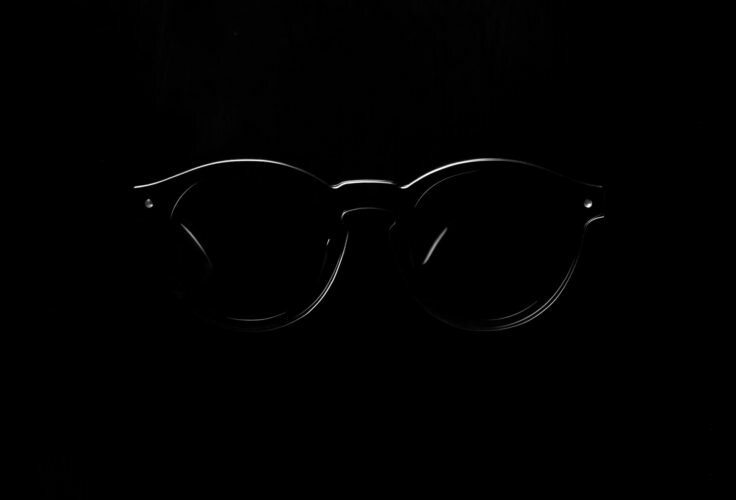Drake ha hecho un videoclip sobre recibir un tartazo en la cara, Child’s Play. Tyra Banks es la lanzadora. Y Ben Tuthill el testigo.


When Yung Lean he seemed like just another kid in the post- tradition. His sadboy rap was hardly a lack that needed filling. , , (not to mention the (based) godfather of them all, ) have long filled society’s hip hop-by-way-of-GeoCities quota. Do we really need another white kid rapping into a MacBook mic over knock-off Clams Casino beats? Like vaporwave and seapunk before it, Yung Lean’s debut record Unkown Memories functioned better as an outrage-generating meme than as an actual art product.
But two years have passed, and Håstard has started to set himself apart from his contemporaries. While Riff Raff has descended into an “I Love the 2010s” punchline, Yung Lean is doing something that none of his post-ironic contemporaries have ever tried: he’s getting serious. The chubby-faced boy with the bucket hat grinning over is gone. It’s been replaced by bloodstained snow, empty forests, and the Swedish national art of dead-eyed stares. He’s quit the sadboy act and become legitimately sad.
Warlord, released this February, isn’t a particularly good record. It’s not like Håstard was the first throw a distorted autotune over a funereal beat, but he does it well, and Warlord is a success insofar that it presents a compelling version of hip hop that expresses his particular brand of alienation. There are too many tracks, but is the best one. Håstard barks over a synth dirge about drugs, diamonds, and heartbreak. He’s angry, he’s alone, and, like every rapper, he’s lying through his teeth.





Like and before it, the video for Miami Ultras is a Bergman-esque nightmare. It’s a mix of horror movie tropes and real life horror. Håstard switches between a woman’s dress, a straight jacket and a set of scrubs that matches the color of his face paint. He chops wood, he digs a grave, he applies a catheter. He does all of this in complete isolation in the middle of a snow-spotted forest in Sweden. Nothing about it is fun, nothing about it is funny. Other than a Star Wars reference and a n, there’s nothing silly about Miami Ultras at all. Instead we get lines like “I miss some places / I wish we lived on another earth’ and ‘I take what I got, I live ‘til it stops / chop, chop, chop, all my lungs stay rot”. This is broken English in the finest Swedish tradition, comparable to Lykke Li’s or Refused’s . It’s disturbing, confusing, and it seems -at least to the non-Scandanavian, who naturally sanctions linguistic failings into quaint Nordic oddities- entirely natural.
We can call this nihilist irony or cultural appropriation, but in the end Yung Lean’s music is closer to the than it is to . What started as silliness has grown into a vessel for the unique Northern emptiness that made the Bergen black metal scene an international sensation. It’s not hip hop in the spiritual sense at all. Miami Ultras is about as removed Run-D.M.C. as Burzum is from Lil Richard.
There’s a lot to made of that progression from Black American dance music to the soundtrack of European alienation. It’s happened with enough frequency by this point (first jazz, then rock ‘n’ roll, R&B, and techno) that it’s worthy of theorization. Until then, we can be content appreciating the very real sentiment captured by Yung Lean’s version of hip hop. It’s a sentiment that I don’t think could be captured by any other musical form. We can criticize his appropriation, but we can’t deny that there is basically nothing else in the world that looks and sounds quite like him. Once upon a time that look and sound depended on distance and the irony that sprang from it. Now I think it’s grown to something entirely beyond its historical origins. The darkness of Miami Ultras, like the (very different) darkness of and (not to mention Drake, and, for that matter, Kanye West) are, outside form and basic discourse, world’s apart from the historical entity “hip hop”. If someone like Yung Lean can make this kind of music without batting an eye, it’s probably to rethink the specificity of our genre-ization. Hip hop hasn’t quite reached rock music’s point of noncontroversial universality, but it’s not far away from it. It’s not a genre anymore. It’s a generation’s baseline. Whether that’s a good or bad thing is, by the time we get to Miami Ultras, probably beside the point.




